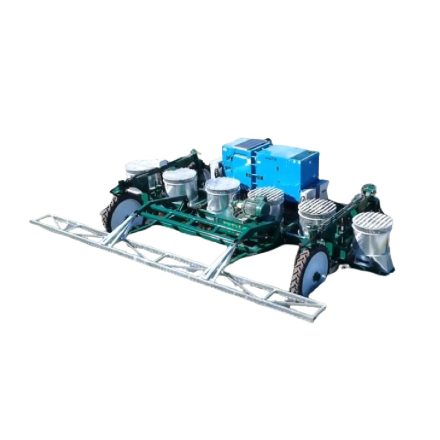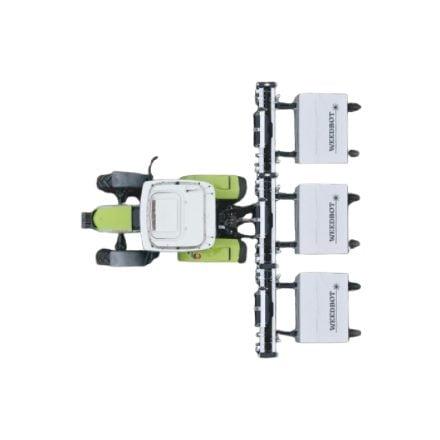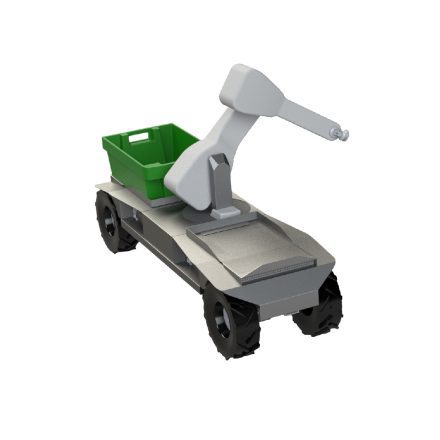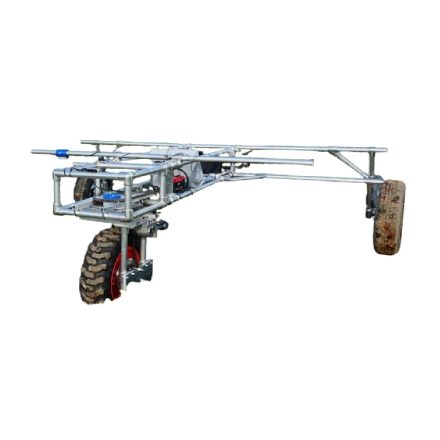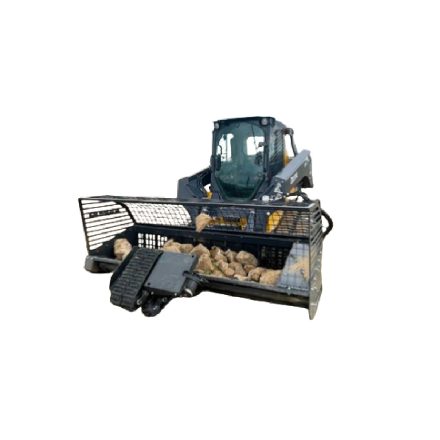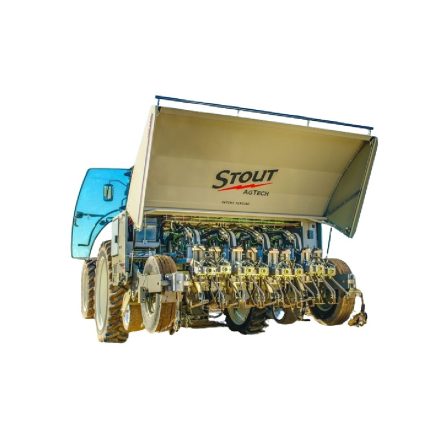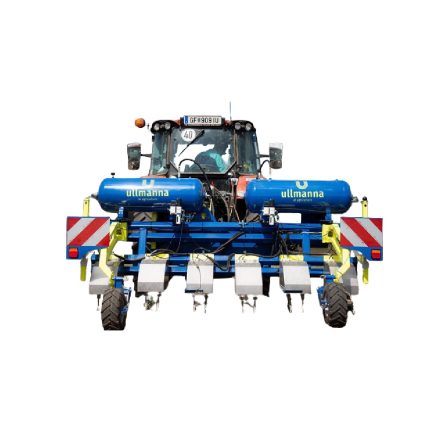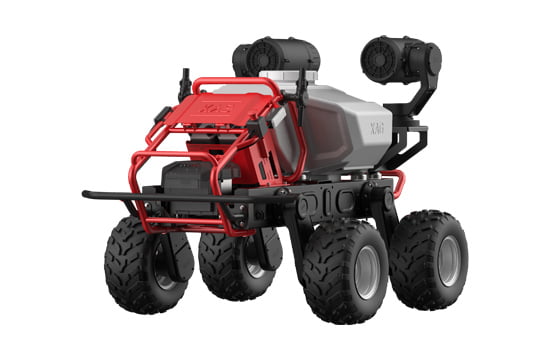Description

Source:https://www.kickstarter.com/projects/rorymackean/tertill-the-solar-powered-weeding-robot-for-home-g
Weeds are small yet hungry enough to starve the main crops and an irrepressible enemy of plants. They needs to be destroyed by hard manual work which consumes time and energy. To make life easier for farming/gardening Franklin Robotics introduced a small yet efficient weed reaper robot “Tertill”. A Boston based startup lead by CEO Rory MacKean along with two iRobot veteran and Co-founders, CTO Joe Jones (also the Co-Founder of Harvest Automation) and Mechanical engineer John Case came up with the amazing Tertill. Launched as a Kickstarter campaign: Tertill surpassed its goal of 120,000 dollars by 2 and half times at the end of campaign. Around $300, Tertill is Solar powered, free from chemical and waterproof 4WD robot.
How does it Work?
With dimensions 8.25×8.25×4.75 and weight 1.1 Kg, Tertill is perfect companion for your gardens. Tertill consists of sensors, nylon cutter, solar panel, speakers, indicators and extreme camber wheels. Tertill works on a simple understanding that plants are long and weeds are short. It patrols the farm looking for weeds and then cut them with a rotating nylon stick/cutter. The weeds are destroyed and mixed with the soil returning the nutrients back. The solar panel and the cell coverts sunlight into electricity and provides the power. Thus, there is no need to swap the batteries. During cloudy days, when the weed growth reduces, Tertill decreases its patrol and optimizes the usage.

Source: https://www.kickstarter.com/projects/rorymackean/tertill-the-solar-powered-weeding-robot-for-home-g
No farm is completely even and so obstacles like rocks and holes must be smoothly tackled by robot. These is taken care by the four wheel drive which provides enough power as well as rigidly the robot needs to overcome slopes without turning over and moves swiftly in soft soil , mud and sand. The chamber wheels are another specific design point which makes it stand apart. Usually, the majority of the vehicles on road have a positive camber which is not distinctly seen when we look at an automobile but it is present. Whereas, racing and off road driving application prefer a negative camber and so does our Tertill which drives with a negative camber benefiting with a better stance, stability and aiding weed whacking.
Tertill and its Stipulations
Of course, Tertill has its own limitations which are there because of its cheap price tag as compared to other normal robots. It is necessary to build a border of about 2 inches above the ground level, prevent the robot from escaping. Using the same mechanics of detecting the boundary, it also uses it in differentiating a weed (< 2 inches) and a normal plant (>2 inches). This property is tried and tested in Roomba vacuum robot which has been a great success in field of sweeping robotics. Not to mention, if the plant is smaller in size then a plant collar can be used to protect the seeding. Tertill would spend around couple of hours on field at work on a regular sunny day while rest of the time it would take a bath under the sun, recharging its batteries. With a normal US garden size of 100 square feet, one robot is enough to take over the mission but anything bigger may need more robots which will coordinate their schedule of work however, not the area they swap.
Future
To conclude, Tertill will prove to be a great weed whacker owing to its compact design and functionality. In addition, the future versions may even include features like better detection of weeds or division of work area.


